
Terra Preta
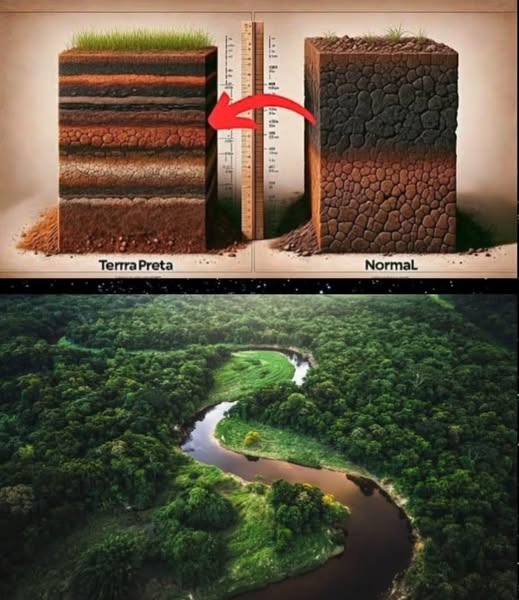
Terra Preta, or “black earth,” is a man-made soil found in the Amazon rainforest, created over 2,000 years ago. Known for its exceptional fertility, it stands out from the nutrient-poor soils typically found in the region. Unlike other soils, Terra Preta can sustain agriculture for centuries and even regenerates itself over time.
This soil was made by mixing charcoal, bones, and organic waste into the earth through a process called pyrolysis. The charcoal improves soil structure and supports microorganisms that enhance fertility. Despite extensive research, modern science has not been able to fully replicate its unique properties.
The impact of Terra Preta is clear when comparing crops grown in it to those in natural rainforest soil. Crops in Terra Preta grow taller and healthier, while those in regular soil often struggle.
How To Preserve Garlic
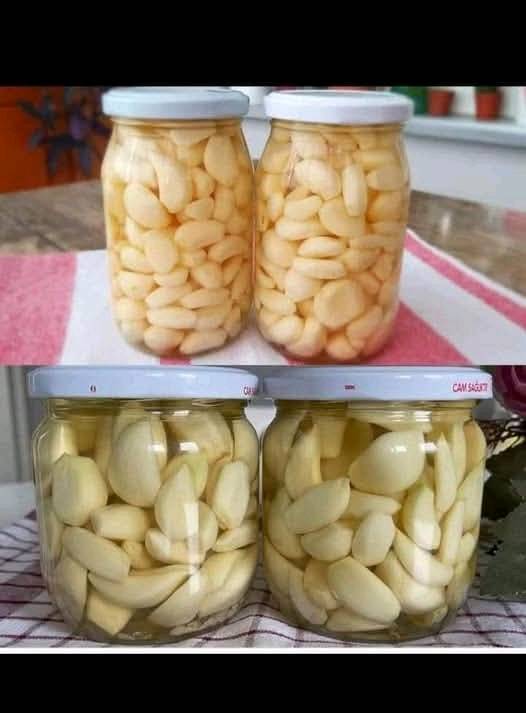
Grow Grapes At Home
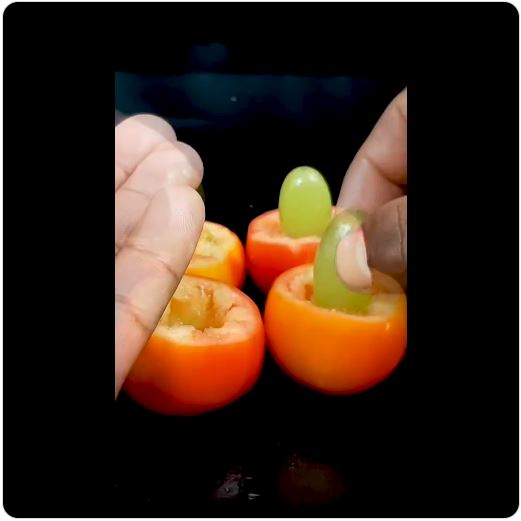
Dip the stem end in honey,
Place in seedless tomato half,
Place in potting mix and cover,
Keep moist until you have a seedling ready for transplanting.
Safe Insecticide
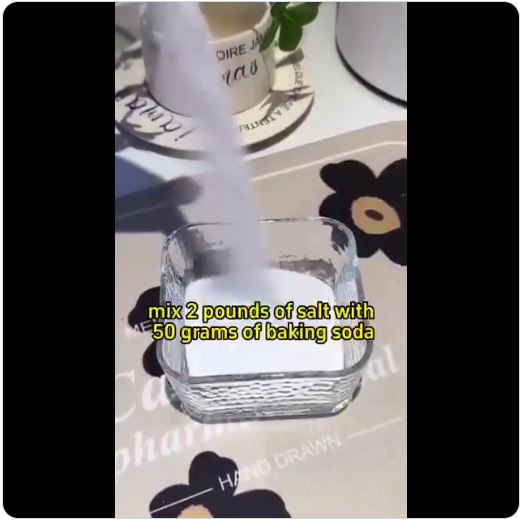
The recipe calls for adding 2 pounds of salt and 50 grams of baking soda to 100 lbs water and mixing well then spraying onto leaves.
(For my pocket handkerchief sized back yard garden I would add 5 grams of baking soda and 90 grams of salt to 5 kilos of water.)
Maximize Your Potato Harvest
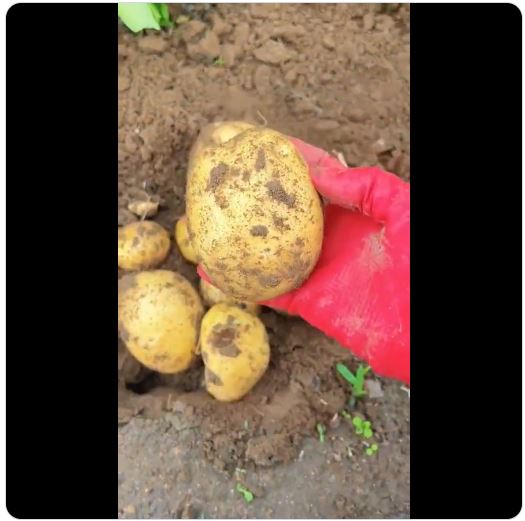
Mix 20 ml of beer,
15 grams of ginger water,
10 grams of brown sugar and
10 grams of Urea
in 15 kilos of water.
Spray three times, 7 days apart.
Slug Bait
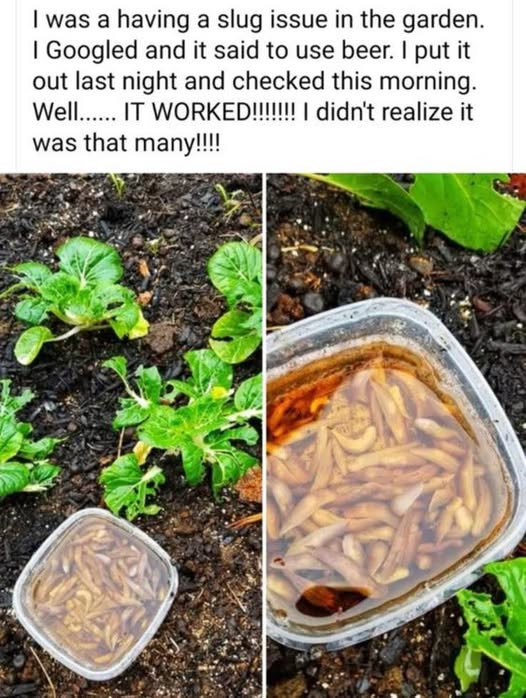
Dragonfly Babies
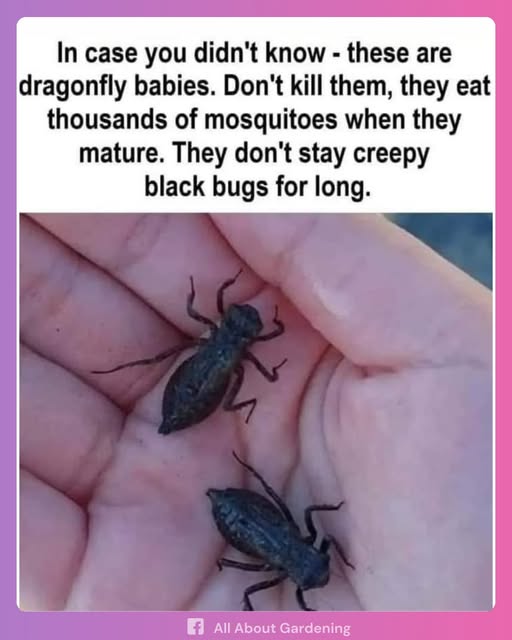
They might look a little scary now, but these tiny creatures will soon grow into one of nature’s most effective mosquito hunters—dragonflies! These little aquatic nymphs spend their early life underwater, feeding on pests, before transforming into the delicate, darting beauties we love. A single dragonfly can eat hundreds of mosquitoes a day, making them an ally in any garden. So next time you see one, give it a little patience—it’s growing into a garden guardian
Pine Cone Mulch
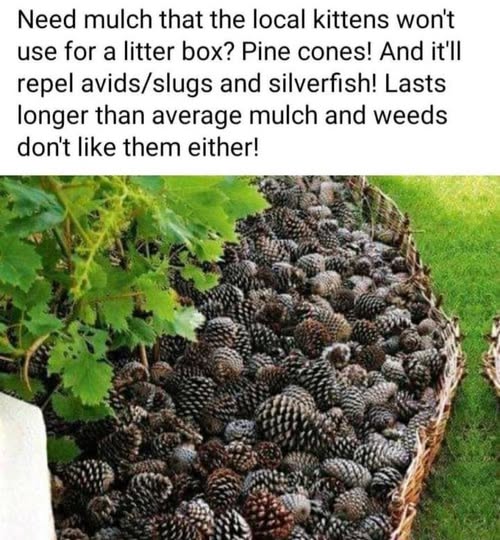
Owl Box Rodent Control

I wish we had owls in Glebe!
